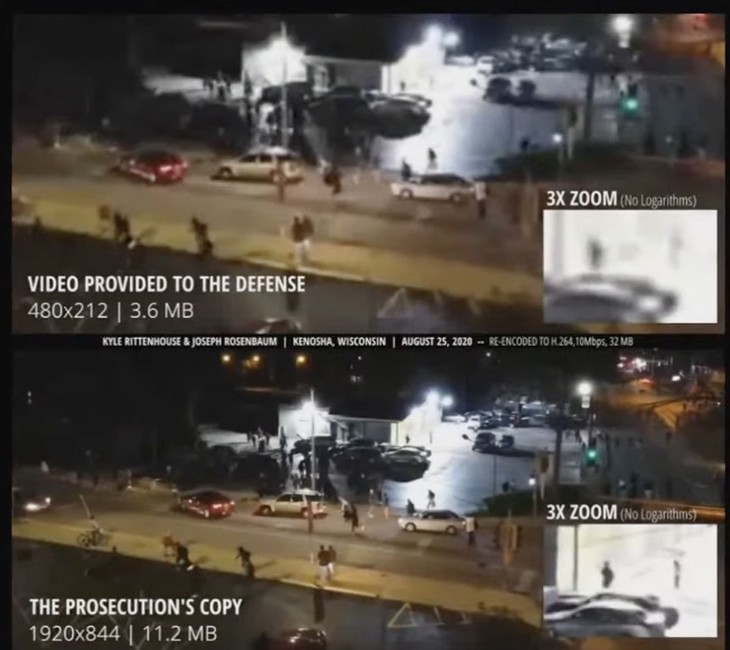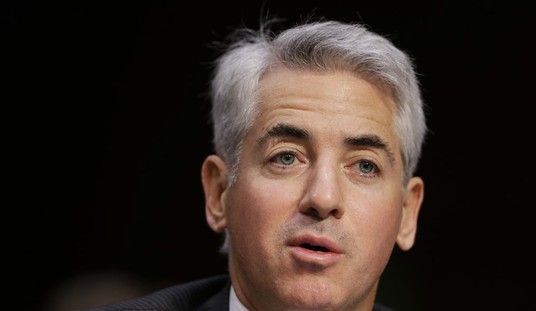We may now have a jury of one.
It looks as if the Kyle Rittenhouse jury has posed questions to the judge, which is an insight into how badly the prosecution bungled a piece of evidence in the trial.
It’s unclear which video the jurors want to view, but one video in particular is at the heart of a motion for a mistrial filed shortly before closing arguments on Monday.
And all it would take to taint the jury again, according to the defense, is for one, possibly two, jurors to forget the evidence for self-defense that goes beyond a reasonable doubt and take another look at a tainted piece of evidence shoveled into the case by the prosecution at the last minute.
Judge Bruce Schroeder said, “Question number 3: Do we view videos in private or in the courtroom? So my nightmare has come.” Schroeder was worried about jurors being in the courtroom to view photographic and video evidence.
Schroeder said they had an “easier” question, “Do we need to know the exact exhibit number of video or photos?”
Prosecutor Thomas Binger said that the law required that the video or photos be shown in open court, but considering how he’s conducted himself during this trial, his is hardly the final word on the law. But defense attorney Richards put his foot down and objected to showing it to them at all. The video, and the possible prosecutorial misconduct surrounding it, are at issue in a mistrial motion the defense filed.
Richards said, “I don’t know what exhibits the jurors wish to see. We, the defense, has a real problem with them seeing the drone footage.”
Related: Withheld Evidence in Rittenhouse Trial: Prosecutors Kept the High-Def Video to Themselves
Rittenhouse attorneys filed another mistrial motion based on the drone footage that was only turned over to the defense after the close of evidence. The prosecution pulled these shenanigans before, with FBI spy video, earlier in the trial. The drone footage, handed over by an anonymous person, was never properly vetted in court, and defense attorney Mark Richards claimed in court on Wednesday morning out of the presence of the jury that prosecutors had once again withheld the higher resolution footage and given the defense a low-resolution video. Furthermore, he said that the length of the video the defense received was different than the prosecution’s copy.
Worse, prosecution video techs used an artificial intelligence algorithm that fills in the pixels as the image is blown up to a larger size. The company that made the program itself claimed that the algorithm should not be used for evidentiary purposes. Like this trial.
The difference in images was captured by Rekieta Law lawyers live-streaming the hearing.

A hearing over the use of the images and video could take hours or days, they opined.
USA Today reported that the judge said he “would tell jurors they could view the video in the courtroom and needed only general descriptions of the videos, but lawyers on both sides said bigger question around what videos they should be allowed to see and how many times may come up.”
Judge Schroeder, who appears to be losing his voice, worried in open court over his press coverage, bringing up his ruling on calling those shot as “victims,” how the jury lottery system kept a juror in the alternate pool of jurors, the “frightening” media coverage of his former law firm partners, and the coverage of the trial. He said the coverage so far has made him re-think allowing cameras in the courtroom in the future.










Join the conversation as a VIP Member